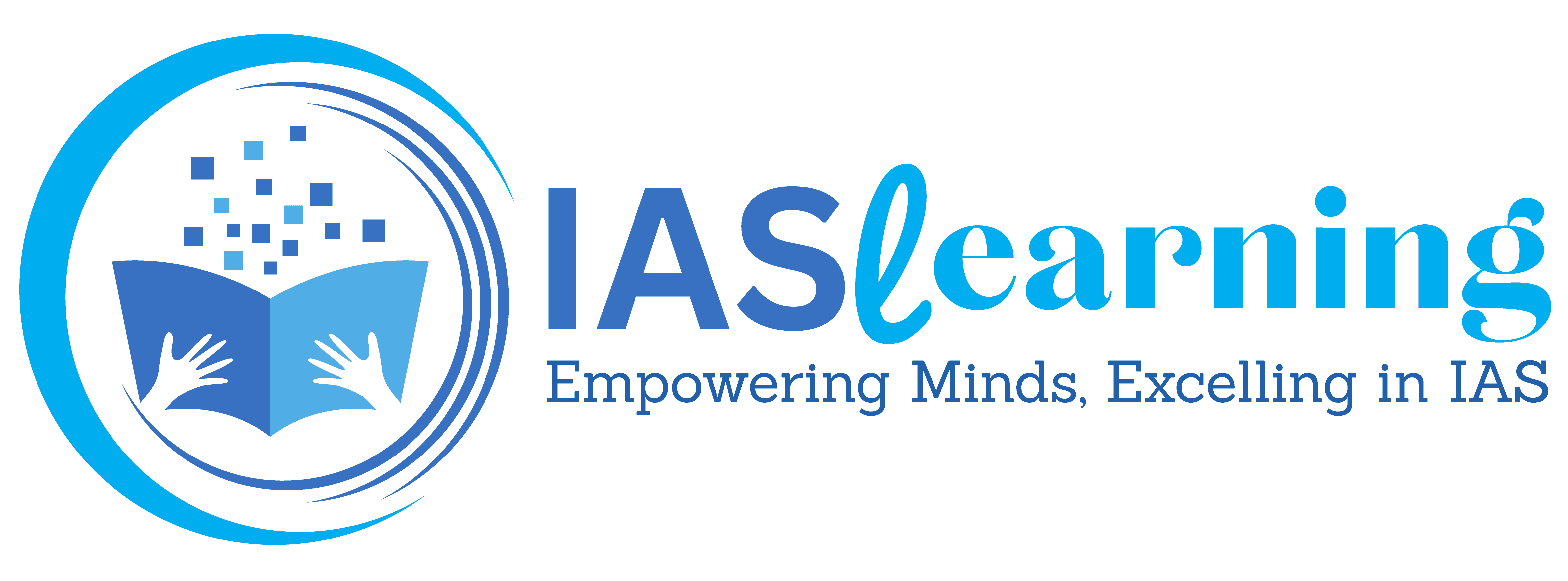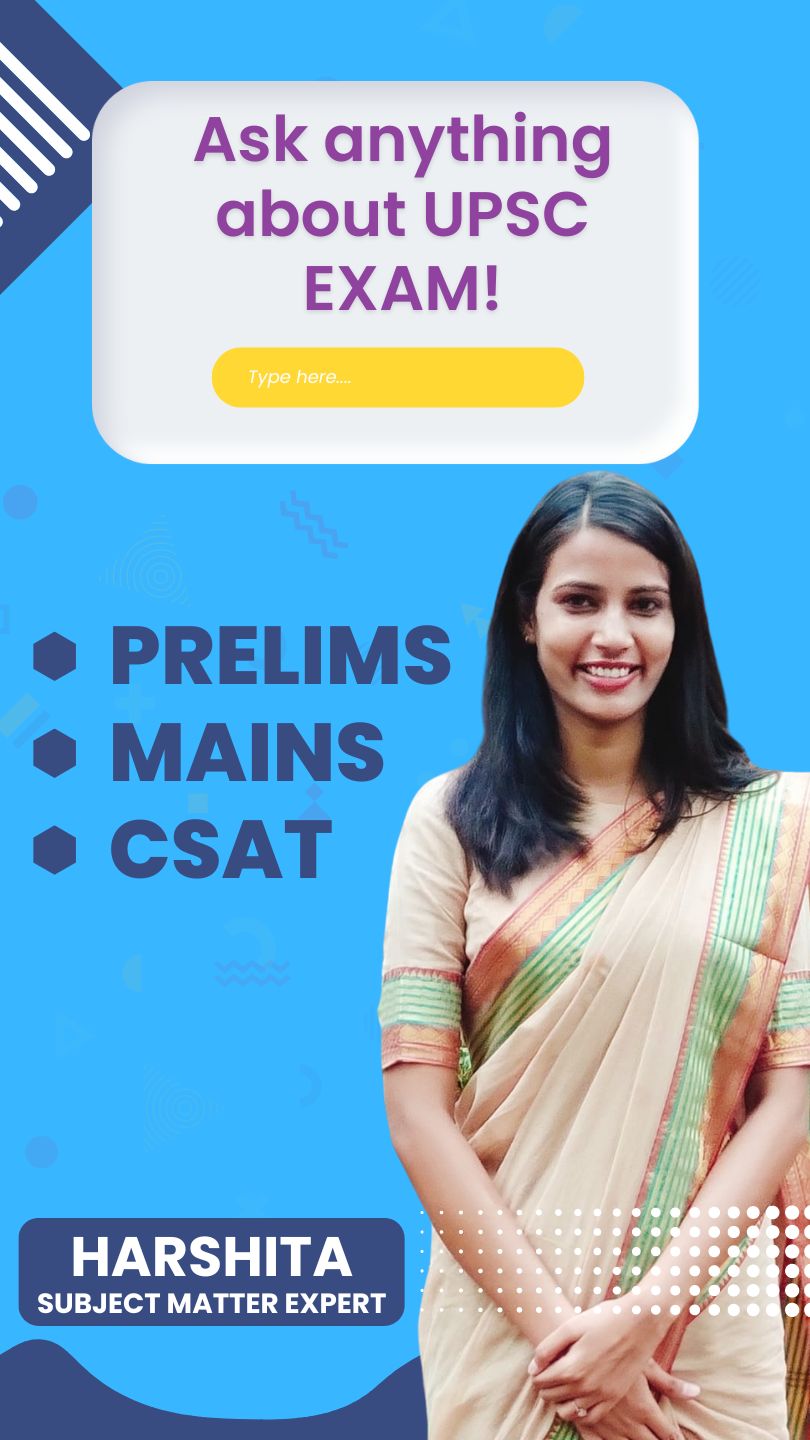Nuclear Energy in India – Atoms are divided in a reactor to produce heat, steam, a turbine, and electricity. This process is known as nuclear energy. Nuclear energy is seen to be advantageous over other renewable energy sources due to its less environmental impact and lower waste production. India is the only developing country that has produced power from nuclear reactors that were designed, tested, and installed domestically.
India is the third-largest producer of electricity in the world; the country gets its power mostly from nuclear energy, which ranks fifth.
Potential of Nuclear Energy in India
With around 22 nuclear reactors spread over 7 power Plants, India is ranked seventh in the world in terms of the total number of nuclear reactors. These reactors generate 6780 MW of nuclear electricity.

The country’s energy transition to achieve a net zero economy would be aided by the growth of nuclear power capacity, which aims to boost its atomic power contribution from 3.2% to 5% by 2031.
For more : Ahmedabad Mill Strike: First Hunger Strike,1918
Nuclear Energy Resources in India
India has a substantial thorium resource but a minor uranium resource when it comes to nuclear energy sources. The usage of uranium and thorium in nuclear reactors is regulated by their distinct characteristics. Nevertheless, thorium cannot be utilized alone as nuclear fuel in a reactor, unlike uranium. India’s dependence on imports and inconsistent energy sector reforms make it difficult for the country to satisfy its rising energy needs.
- India’s energy consumption is expected to climb by 156% between 2017 and 2040, according to BP’s Energy Outlook.
- With uranium purchase agreements in place with Canada, Kazakhstan, Russia, and Uzbekistan, India intends to buy 100 tonnes of natural uranium in 2022–2023.
India’s Uranium Deposits
In 1968, the nation’s uranium ore mining and processing sector had its start at Jaduguda.

- 1951 saw the discovery of India’s first uranium deposit at Jaduguda in the Singhbhum Thrust Belt (Jharkhand).
- The following mines are now in operation: Turamdih, Bhatin, Narwapahar, and Jaduguda.
- Furthermore, many uranium deposits have been found in the Cuddapah basin in Andhra Pradesh.
- Domiasiat, Wahkhyn, and Mawsynram are uranium deposits of the sandstone type located in the Mahadek basin in Meghalaya.
- There is potential for some regions in Rajasthan, Karnataka, and Chhattisgarh to grow into significant deposits.
India’s Thorium Deposits
Compared to other regions of the world, India has substantial thorium deposits.

- Thorium may be found in monazite sands in certain parts of Bihar and on the east and west coastlines of India.
- However, monazite sand is significantly more concentrated on the Keralan shore. An estimate of the amount of uranium in monazite sands is above 15,200 tons.
- Rajasthan, Tamil Nadu, Jharkhand, Bihar, and Kerala are the primary producing states.
For more : Evolution of Judiciary During British Times
Indian Renaissance Short Notes
Nuclear Power Plants in India

A nuclear power plant’s operating phase typically lasts the longest across its entire life cycle. In all, India has 19 Pressurized Heavy Water Reactors (PHWRs) and 4 Light Water Reactors (LWRs).

- In Gujarat, the first-ever 700 MWe indigenous Kakrapar Nuclear Power Plant Unit-3 started up at full capacity.
- By 2024, the nation intends to build 12 more nuclear power reactors.
- IAEA safeguards for reactors: Because of their dependency on imported fuel, India’s fourteen nuclear reactors are subject to IAEA safeguards.
- India demonstrated its intention to use nuclear energy peacefully in 2014 when it placed its reactors under IAEA safeguards, allowing the international nuclear watchdog access.
India’s Three-stage Nuclear Power Programme
Dr. Homi Bhabha developed India’s three-phase nuclear power program in the 1950s with the goal of ensuring the nation’s long-term energy independence by using uranium and thorium supplies discovered in the monazite sands of South India’s coastline area. India’s massive nuclear program is presently in its second phase.
- The ultimate objective of the initiative is to enable India to harness its thorium supplies to satisfy its energy demands.
- In addition, NITI Aayog suggested that in order to meet India’s energy needs and replace aging thermal power plants, the government focus on building small modular reactors with private participation.
Stage 1: Natural Uranium Fuelled Pressurized Heavy Water Reactors (PHWRs)
During the first stage, pressurized heavy water reactors (PHWRs) powered by natural uranium produced plutonium-239 as a byproduct while producing energy. The byproduct plutonium-293 would likewise be used in the second step.
In the 1960s, the following factors dominated the selection of PHWRs for the First Stage of the Indian nuclear power program:
- using uranium oxide that is naturally occurring as fuel.
- The optimal way to use uranium that has been mined for energy generation.
- the potential to create a technology that is entirely self-sufficient.
| Advantages | Disadvantages |
| – There is no need for enrichment.As heavy water allows natural uranium to be burned directly. – As enrichment is avoided, no depleted uranium tails are made.This allows efficient use of the uranium resource. – The reactor can be refuelled without shutting it down, avoiding the downtime required by most other reactors. | – It needs pure heavy water.Hence, water systems must be carefully sealed and monitored. – Heavy water absorbs neutrons, forming tritium (H-3), a low-level radioactive hazard.They produce more tritium than light -water reactors due to their heavy water content. |
Stage 2: Fast Breeder Reactors (FBRs) Utilizing Plutonium-Based Fuel
In the second step, mixed-oxide fuel for use in Fast Breeder Reactors is created utilizing plutonium-239.
- Moreover, once there is a sufficient supply of plutonium-239, thorium will be utilized in the reactor to produce uranium-233. The third step requires this uranium.
| Advantages | Disadvantages |
| – Safe and efficient. – Green energy source because waste from the first stage nuclear program is reprocessed and used as fuel in FBR. – Capability of efficient utilization of uranium. | – FBRs are cooled by liquid sodium, which reacts explosively with both air and water. -As a result, even a minor leak of sodium coolant can start a fire. – FBRs containment dome is not as strong as in other reactors. |
Stage 3: Advanced Nuclear Power Systems for Utilization of Thorium
In stage 3, establishing a long-term nuclear fuel cycle is the main objective. Thorium and uranium-233 would be combined in the advanced nuclear system. Therefore, India’s plentiful thorium would be used in a thermal breeder reactor. Right now, this stage is in the investigation stage.
| Advantages | Disadvantages |
| – Thorium, in a water-cooled or molten-salt reactor, can generate more uranium-233 than it consumes. – Thorium’s abundance and ability to create fissile material offer a lasting energy solution.- Thorium reactors may be greener, yielding less long-lived nuclear waste than uranium reactors. – Thorium fuels are deemed proliferation-resistant, unlike uranium fuels, as they don’t produce plutonium. | – Extracting the abundant metal is currently expensive. – Require substantial investments for testing, analysis, and licensing. – Thorium is ‘fertile’ and non-fissile, needing a fissile material like recycled plutonium for a chain reaction. – High temperatures are essential due to the elevated melting point of thorium oxide for high-density production. – Large amounts of Uranium-232 in irradiated thorium fuels can lead to substantial gamma-ray emissions. |
For more : Role & Responsibility of Speaker
Institutions of Nuclear Energy in India
In order to help India meet its targets for the clean energy transition, significant government agencies responsible for energy policy, including NITI Aayog and the Central Electricity Authority, have redoubled their efforts to promote nuclear power.
- Atomic Energy Commission: The Department of Atomic Energy is governed by the Atomic Energy Commission of India (AEC of India). The Prime Minister is directly in charge of the DAE.
- The AEC’s responsibilities include coordinating national atomic science research, developing national atomic scientists, and advancing nuclear research at the commission’s Indian facilities.
- Established in 1983, the Atomic Energy Regulatory Board (AERB) is a body under the Atomic Energy Commission. It supervises the application of nuclear safety standards.
- Nuclear Power Corporation of India (NPCIL): All nuclear power plants in India, with the exception of the Prototype Fast Breeder Reactor (PFBR), are owned and operated by NPCIL.
- It is in charge of nuclear power reactor design, building, commissioning, and operation.
- The primary goal of the Bhabha Atomic Research Centre, which is overseen by the DAE, is to continue nuclear energy’s benign uses. It is in charge of all facets of nuclear power generation.
Advantages of Nuclear Energy in India
India’s increasing energy needs call for the best possible use of all available energy sources, with nuclear power offering particularly promising long-term energy security.
- Energy security: Unlike wind and solar power, which are not always accessible, India’s nuclear power might offer a dependable answer to the nation’s power needs.
- Reduction of GHGs: There is no discernible emissions of contaminants or greenhouse gases from nuclear power facilities. This might lower India’s current 6.55% contribution to global greenhouse gas emissions (GHGs), of which the energy sector is responsible for little more than two-thirds.
- Future sustainability: India plans to boost its atomic power contribution from 3.2% to 5% by 2031, and this rise will enable the nation take the lead in moving toward a more prosperous and sustainable future.
- Weather-independent electricity: The availability of land and the prevailing weather are the main constraints faced by renewable energy sources like wind and solar power. On the other hand, nuclear energy has a lower geographical impact and provides reliable electricity regardless of the weather.
Disadvantages of Nuclear Energy in India
The following are nuclear energy’s drawbacks:
- Limited private sector involvement: India allows the private sector to be involved in the design and building of nuclear plants, but public sector oversight still extends to fuel management and operations.
- Nuclear liability issues: Foreign companies, which may be required to pay hundreds of millions of dollars in the event of a nuclear accident, view India’s Civil Liability for Nuclear Damage Act 2010 as excessive. The act is still on the “agenda which was brought in addition to the International Convention on Supplementary Compensation (CSC).”
- Consequently, in spite of having signed civil nuclear agreements with other nations, such as the United States, France, and Japan, the sole foreign presence in India is due to Russia’s programs at Kudankulam, which are older than the Law.
- The Atomic Energy Regulatory Board has a variety of difficulties in enforcing regulations across scattered nuclear and radiation installations, adhering to contemporary safety standards, and guaranteeing the security of a sizable number of radioactive sources.
- Lack of uranium and reliance on imports: India’s lack of uranium makes frequent imports necessary, which creates uncertainty in the fuel supply and gives foreign suppliers control over the nation’s energy interests.
FAQs on Nuclear Energy in India
Q1.Where is India’s first Nuclear Energy Centre located?
Ans. The Tarapur Atomic Power Station, which is close to Bombay in Tarapur, is India’s first nuclear power plant. Under the terms of the 1963 123 Agreement between India, the United States, and the International Atomic Energy Agency (IAEA), it was first built with two boiling water reactor (BWR) units.
Q2.What is India’s rank in Nuclear Energy?
Ans. With around 23 nuclear reactors spread throughout 7 power facilities nationwide, India is ranked seventh in the world in terms of the total number of nuclear reactors. These reactors generate 6780 MW of nuclear electricity.
Q3.Who is known as the father of the Indian nuclear power program?
Ans. Indian scientist Homi Jenhagir Bhabha (1909–1966) is regarded as the founder of the country’s nuclear program.
Q4.What is the name of India’s first nuclear reactor?
Ans. August 1956 saw the start of operations of “Apsara,” the first research reactor in Asia, at the Bhabha Atomic Research Center’s Trombay location.
Q5.When was India’s first nuclear test conducted?
Ans. On May 18, 1974, India carried out its first nuclear tests in Pokhran, Rajasthan, as a component of the ‘Smiling Buddha’ operation.
Q6.What are the benefits of nuclear energy?
Ans. Nuclear energy has the benefit of being a low-carbon energy source. It also contributes to reducing greenhouse gas emissions and climate change, having one of the lowest carbon footprints.




